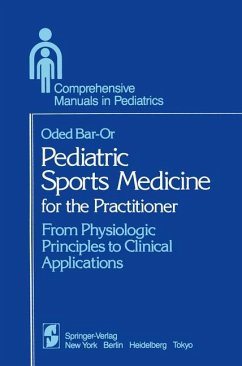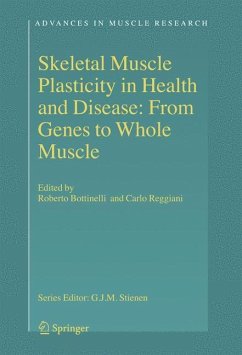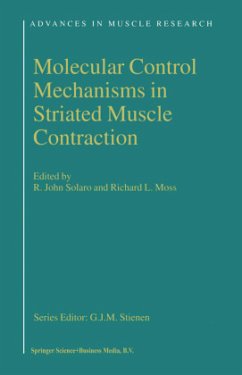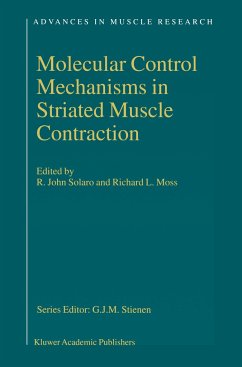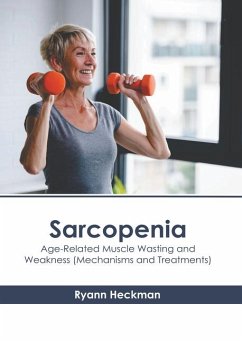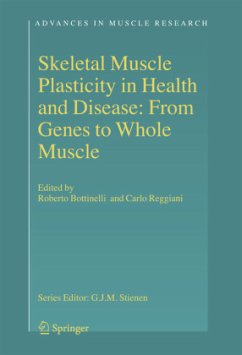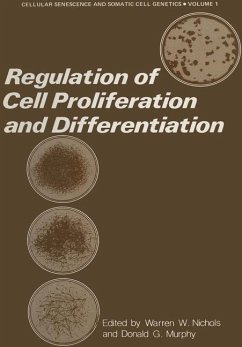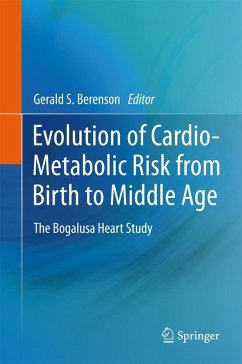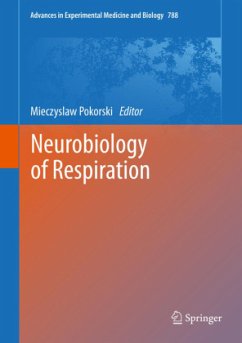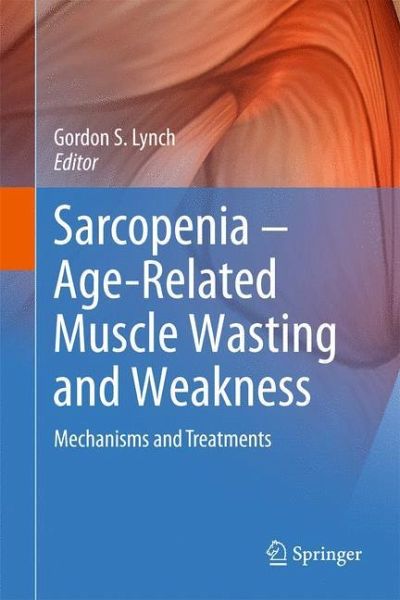
Sarcopenia - Age-Related Muscle Wasting and Weakness
Mechanisms and Treatments
Herausgegeben: Lynch, Gordon S.

PAYBACK Punkte
76 °P sammeln!
Some of the most serious consequences of aging are its effects on skeletal muscle. 'Sarcopenia', the progressive age-related loss of muscle mass and associated muscle weakness, renders frail elders susceptible to serious injury from sudden falls and fractures and at risk for losing their functional independence.Not surprisingly, sarcopenia is a significant public health problem throughout the developed world. There is an urgent need to better understand the neuromuscular mechanisms underlying age-related muscle wasting and to develop therapeutic strategies that can attenuate, prevent, or ultim...
Some of the most serious consequences of aging are its effects on skeletal muscle. 'Sarcopenia', the progressive age-related loss of muscle mass and associated muscle weakness, renders frail elders susceptible to serious injury from sudden falls and fractures and at risk for losing their functional independence.Not surprisingly, sarcopenia is a significant public health problem throughout the developed world. There is an urgent need to better understand the neuromuscular mechanisms underlying age-related muscle wasting and to develop therapeutic strategies that can attenuate, prevent, or ultimately reverse sarcopenia. Significant research and development in academic and research institutions and in pharmaceutical companies is being directed to sarcopenia and to related health issues in order to develop and evaluate novel therapeutics.This book provides the latest information on sarcopenia from leading international researchers studying the cellular and molecular mechanisms underlying age-related changes in skeletal muscle and identifies strategies to combat sarcopenia and related muscle wasting conditions and neuromuscular disorders. The book provides a vital resource for researchers and practitioners alike, with information relevant to gerontologists, geriatricians, sports medicine physicians, physiologists, neuroscientists, cell biologists, endocrinologists, physical therapists, allied health and musculoskeletal practitioners, strength and conditioning specialists, athletic trainers, and students of the medical and biomedical sciences.





